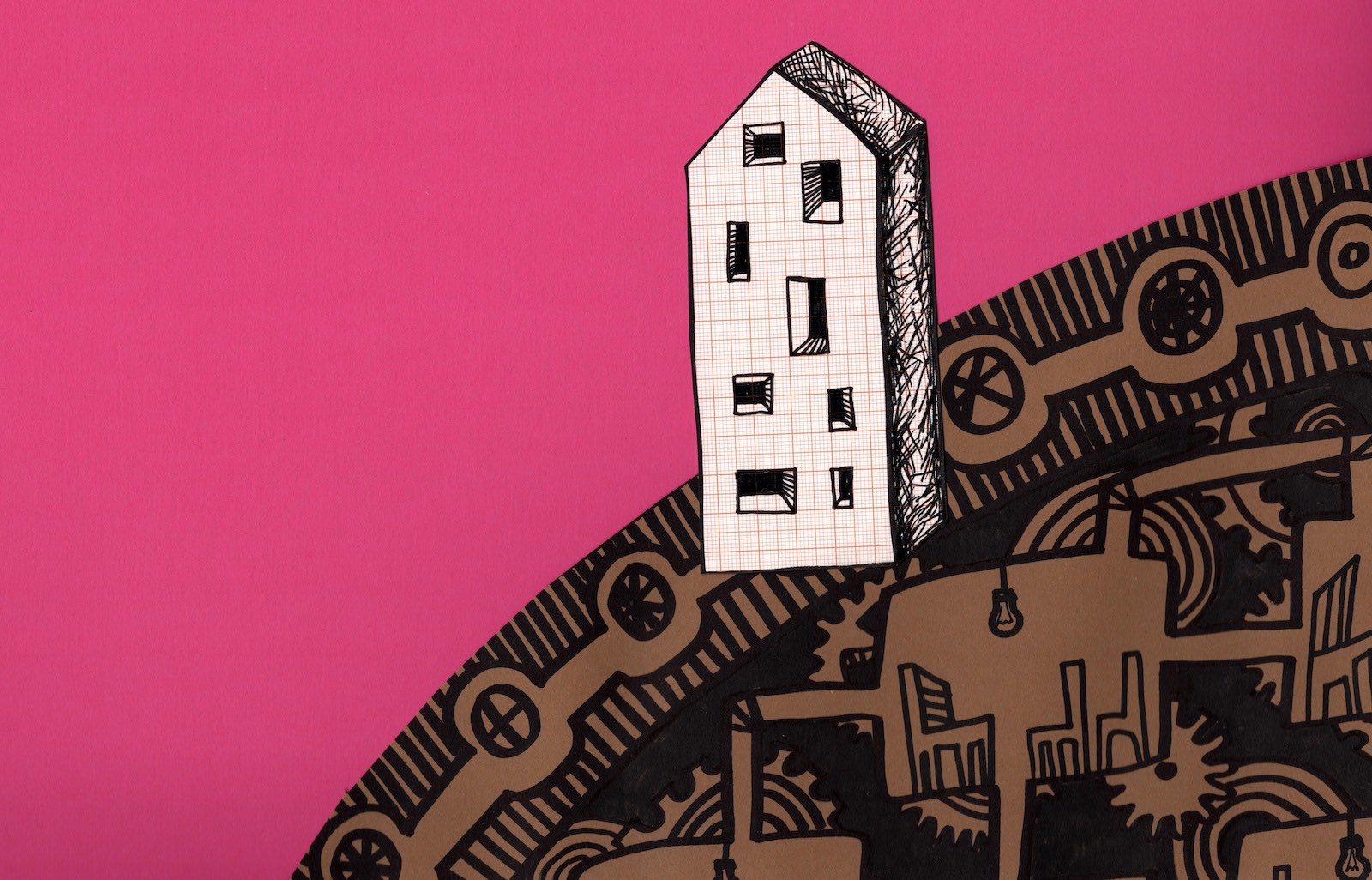Why do some urban spaces attract crowds of happy visitors whilst others sit barren and empty?
There are many studies designed to uncover the bad consequences of over-crowding, but what about under-crowding?
These are some of the fundamental questions asked by William H. Whyte (1917-1999), widely considered to be the godfather of urban psychology. Whyte’s pioneering, and data centric, approach to human behavior in urban settings has had an immeasurable impact on urban planning. Despite much of his work being 30, 40, even 50 years old, the emergence of the smart city means his work may be more relevant than ever.
A Princeton graduate, Whyte served as an advisor to Laurence S. Rockefeller on environmental issues and as a key planning consultant for major U.S. cities, traveling and lecturing widely. He was a Distinguished Professor at Hunter College of the City University of New York and a trustee of the American Conservation Association, and he was active in the Municipal Art Society, the Hudson River Valley Commission, and President Lyndon B. Johnson’s Task Force on Natural Beauty.
Whyte is said to have walked the city streets for more than 16 years. As unobtrusively as possible, he watched people and used time-lapse photography to chart the meanderings of pedestrians. What emerged through his intuitive analysis is an extremely human, often amusing view of what is staggeringly obvious, but often goes unnoticed, about people’s behavior in public spaces.
In his 1980 book The Social Life of Small Urban Spaces. Whyte wrote that the social life in public spaces contributes fundamentally to the quality of life of individuals and society as a whole. He believed that we have a moral responsibility to create physical places that facilitate civic engagement and community interaction.
So what would have Whyte thought of the smart city?
Whyte believed in observation and data collection, the cornerstone of the smart city. He understood that by observing people, we could learn a great deal about what they want from public spaces and that we can put this knowledge to work in creating places that shape livable communities.
He said we should therefore enter spaces without theoretical or aesthetic biases, and we should “look hard, with a clean, clear mind, and then look again – and believe what you see.”

While it is impossible to remove bias entirely, the closest we can achieve must be through quantifiable data collection and statistical analysis. Whyte used all the technology available to him at the time to collect data for analysis, “up to seven people per foot of walkway a minute is a nice bustle” he calculated, for example. Whyte was also well known for saying that people vote with their feet – they use spaces that are easy to use, that are comfortable. They don’t use the spaces that are not.
Using Whyte’s approach, design should start with a thorough understanding of the way people use spaces, and the way they would like to use spaces. He advocated for this new way of designing public spaces – one that was bottom-up, not top-down. Exactly the same terminology introduced into the smart city discussion; in reaction to the troublesome centralized approach that had emerged in early smart city design.
The top-down smart city development model is rife with limitations, Memoori discussed in an article last year: Imagine if the Internet or Smartphones offered only sites and applications by the government or device manufacturer. In that scenario the scale and impact of those fundamental elements of modern society would be a fraction of what they are today. The smart city need not be any different.
We face an era of unprecedented problems; over population, urban densification, energy re-balancing and continued climate change, the need for solutions has never been more pressing. Cities, with more than half the world’s population and consuming the vast majority of the world’s energy, are central to dealing with the biggest issues facing our society. At the same time we must strive to make cities livable, functional and attractive to inhabitants.
The modern smart city movement has a lot to learn from Whyte. As we charge ahead with technologically enabled urban development, it would be wise to re-awaken the lessons of this most original urban scientist.
“It is difficult to design a space that will not attract people,” William Whyte would often say, “what is remarkable is how often this has been accomplished.”
[contact-form-7 id="3204" title="memoori-newsletter"]



